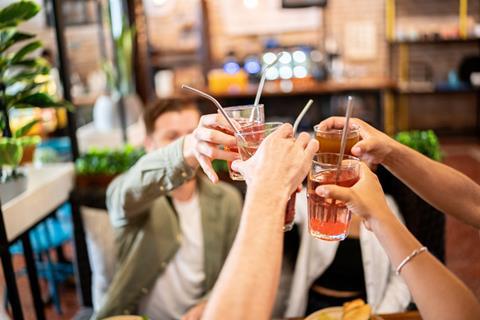
People today are drinking a lot less. There are a number of reasons: health concerns, cost, and the fact that any drunken error can find itself on social media before you can shout “hold my hair”.
In fact, one in four Brits who drink plan to cut down, and gen Z are now more likely to choose a non-alcoholic drink than a pint of beer, wine or even the entry-level spirit with a mixer. The scale of this shift can’t be underestimated - the government lost £4.7bn in alcohol duties to 2022.
Given all this, it’s hardly surprising low & no-alcohol sales have jumped by a whopping 21% since 2018. Lucky Saint has permanently taken over The Masons Arms in London, renaming it The Lucky Saint, and more widely, Heineken 0.0 is even available on tap. Meanwhile, marketing spend behind stalwart alcohol sponsorship properties such as the Six Nations and football World Cup were used to support 0% alcohol products. Low & no has well and truly hit the mainstream.
What’s interesting about the vast majority of this activity is its reactionary nature: people want to drink less, so brands have taken the alcohol out.
But apart from removing the alcohol, nothing else has changed. Alcohol brands’ distribution, right through to their approach to communications, still assumes people will be going out to socialise in a fun-filled night of extroversion. Even when brands realised in-home socialising was the new going out, they still made it look like going out. The alcohol category’s codes are hard to break.
And this obviously works in the short to mid-term, where significant volume still comes from millennials and older consumers wanting to modify well-worn drinking habits rather than completely change them. Interestingly, in 2021 YouGov found the top two reasons that low & no beverages appealed to Britons were being able to drive home from events and not drinking excessively.
But for gen Z, the shift in drinking habits is symptomatic of more fundamental shifts in their values. Here, simply taking out the alcohol from alcoholic drinks and their associated occasions may not be a big enough change.
So, for longer-term growth, brands need to go back to their core values and purpose to see how they can potentially go beyond the liquid and innovate to best answer gen Z’s set of values. A non-alcoholic beer in a pub is unlikely to be the ultimate answer. Only by starting with the potential consumer and what the brand can offer can a brand break from the traditional codes of the category, and create a true emotional and competitive edge.
So what are the dominant values brands should consider in this space?
Gen Z are three times more likely to feel lonely than people aged 65-plus, and 30% of young people find it hard to make new friends. Considering this in light of what many alcohol brands do at their best – facilitating and strengthening connections – things start to get interesting. Regardless of what the product is, brands could consider how they can help gen Z build better connections.
This could be through building real-life micro-communities, supporting in and around the workplace which is increasingly isolated, or giving guidance around living arrangements which are increasingly with mum and dad. The opportunities are endless providing any innovation is given the time and support to credibly succeed.
Another interesting area is around self-expression. Gen Z have grown up in an ‘age of identity’, where it is possible to create one or several versions of themselves depending on what platform they are on and how they feel.
Self-expression and creativity have often been brand themes for alcohol brands, especially spirits. However, instead of having a top-down or idealised view of what this could look like, brands in this space need to become a tool used by gen Z to express themselves – often their expression is not polished, subverting aesthetics and taking ownership of ugly and awkward imagery [Canvas8].
Celebrating and creating the true aesthetic of a generation feels like an interesting start point, and a million miles from having a perfectly crisp and curated brand experience.

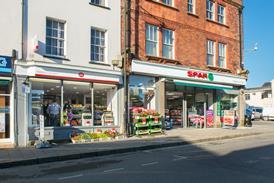
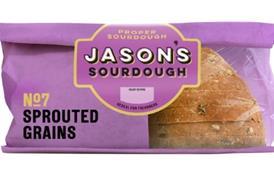
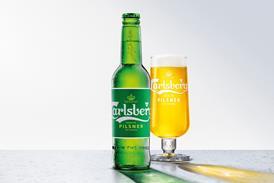


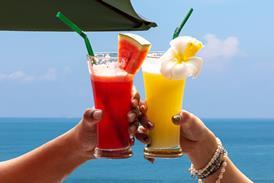
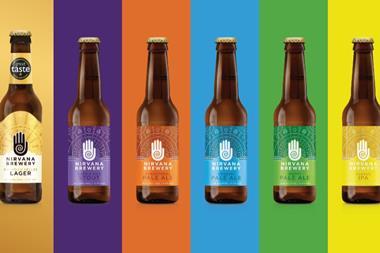


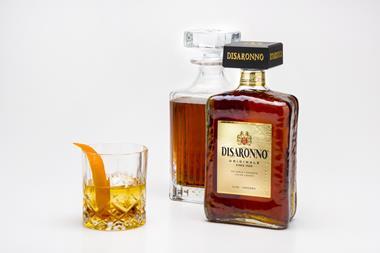
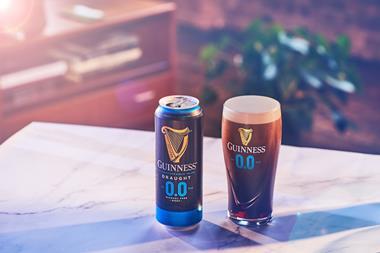
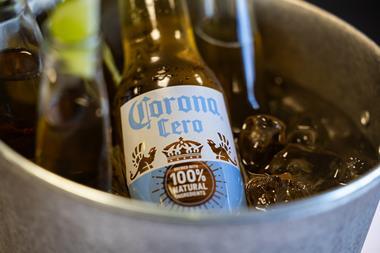
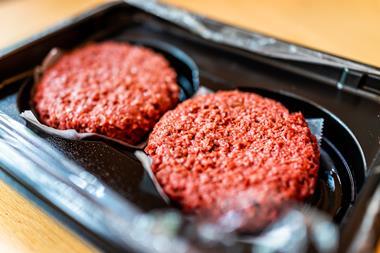
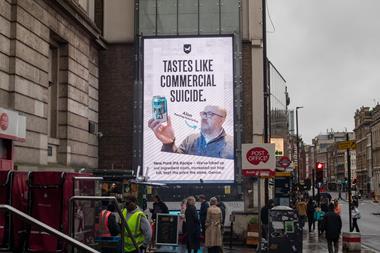




No comments yet